
I had a chance this weekend to visit two of the most important port cities in the History of Israel, the first is Dor, and the second is Caesarea.
Dor was one of the only natural seaside harbors in the ancient land of Israel. The Philistine cities of Gaza, Ashdod, and Ashkelon were tucked a little too far into the south-eastern corner of the Mediterranean to be able to receive regular traffic from Egypt, and modern-day Haifa Bay was under the control of the Phoenician people. The only other major port was Joppa (also known as Jaffa, or Yafo). Originally all these port cities were left unconquered in the time of Joshua and the Judges. It wasn’t until the time of King Solomon, and his various peace treaties, that Israel had access to these ports.
Under Solomon’s and the later kings of Israel’s leadership, Dor grew into a massive port city, importing and exporting various goods. After the Babylonian exile, Dor was nearly abandoned until the time of the Seleucid empire, when the city grew once again into a massive metropolis by ancient standards. There is evidence of two massive Hellenistic temples that used to dominate the view from the sea.
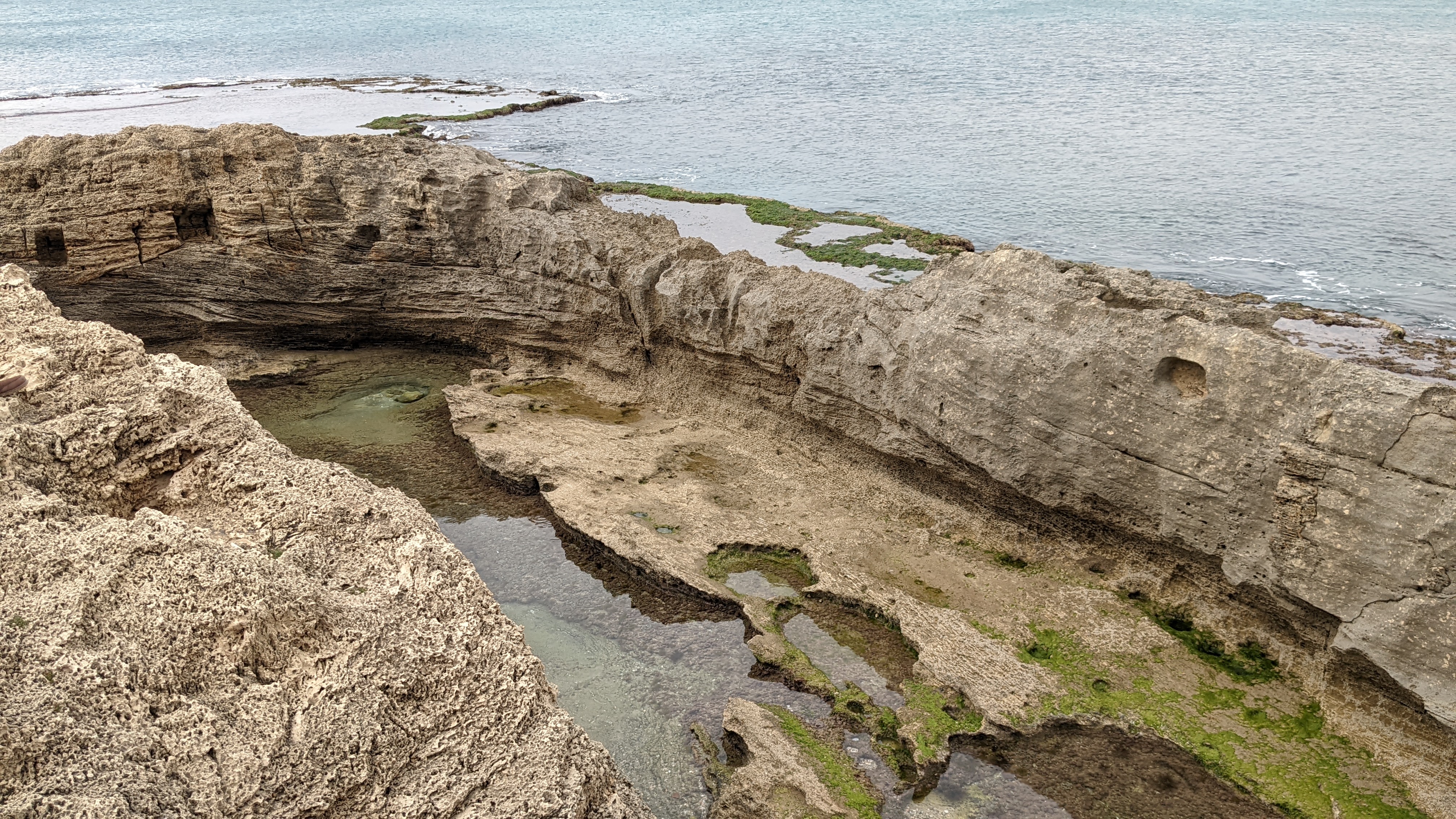
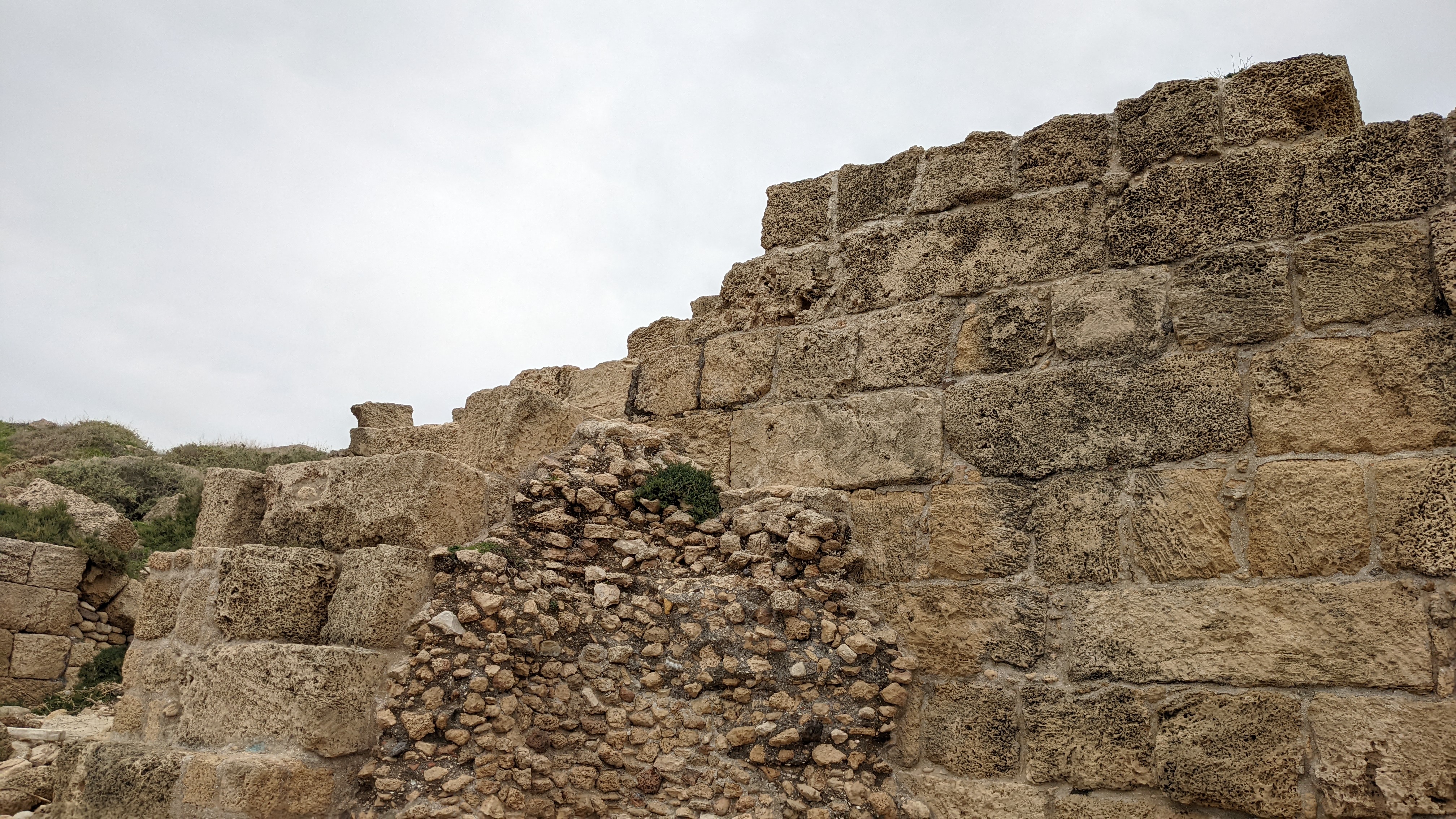
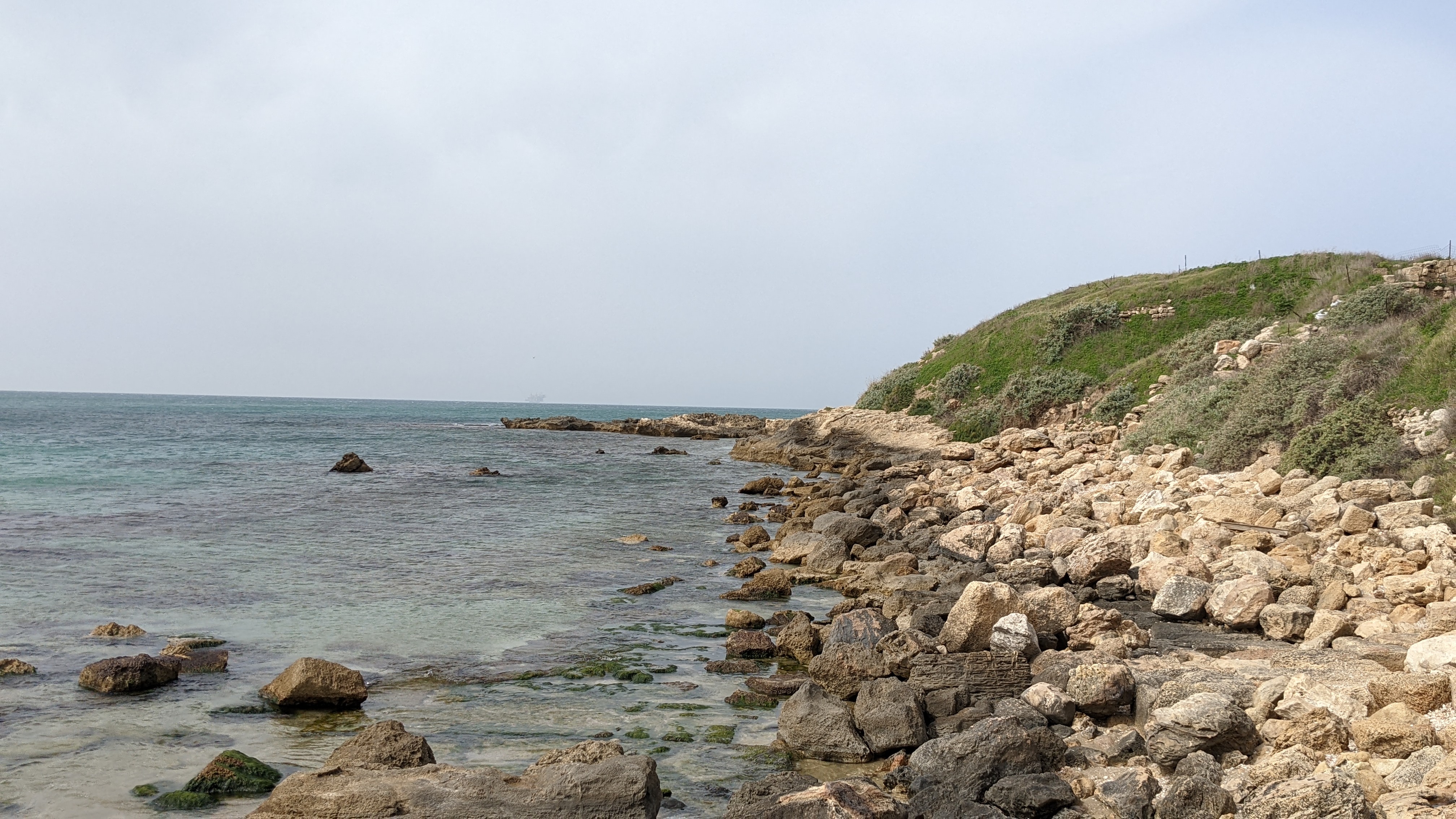
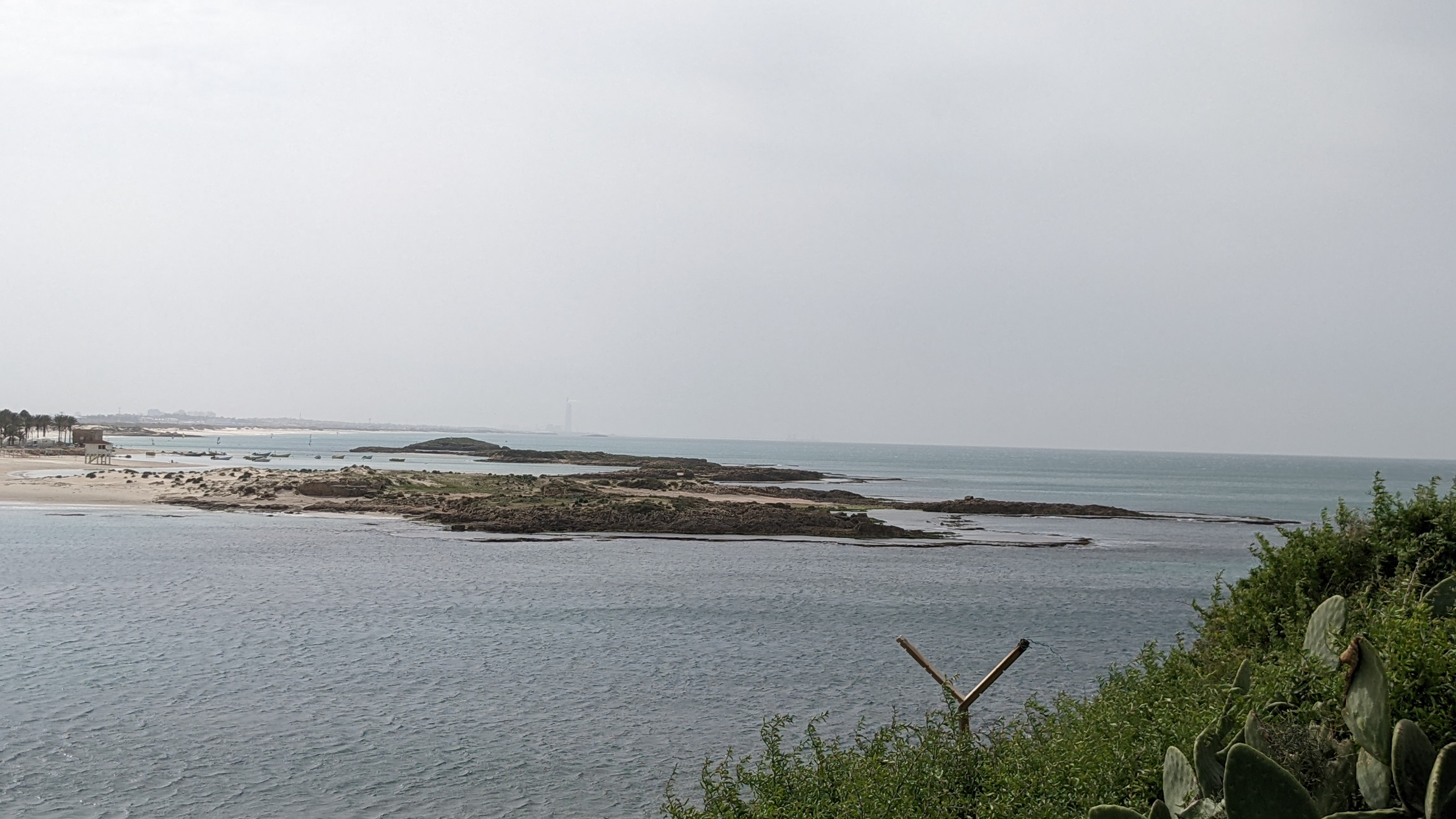
Dor’s wealth came not just from its natural port, but also from the production and export of purple dye, an extremely rare and expensive luxury in ancient times. The dye is derived from the clams and oysters on the eastern side of the Mediterranean coast, and Dor had these clams in abundance. When Paul encounters Lydia, “a seller of purple goods,” in Acts 16:14, it is possible she bought the dye from the merchants sailing from Dor or one of the other cities along the eastern shore of the Mediterranean. However, this wealth didn’t last. For some reason, by the end of the first century, Dor was completely abandoned It is possible that the maintenance of these temples and other Hellenistic institutions bankrupt the city.
One of the many factors that might have led to Dor’s decline in the first century AD was the rise of a new port city, Caesarea. Caesarea was built by Herod the great upon receiving the title King of the Jews. In the aftermath of Julius Caesar’s Death, Rome was caught in a war between Mark Antony and Octavius, later called Caesar Augustus. Herod was a loyal friend to Mark Antony, and found himself on the losing side of the war. When Augustus came to execute Herod as an enemy, Herod somehow managed to talk himself out of being killed, promising to be the most loyal subject of Rome. Augustus let him live, on the condition that Herod prove his worth to Rome, and Herod did just that.
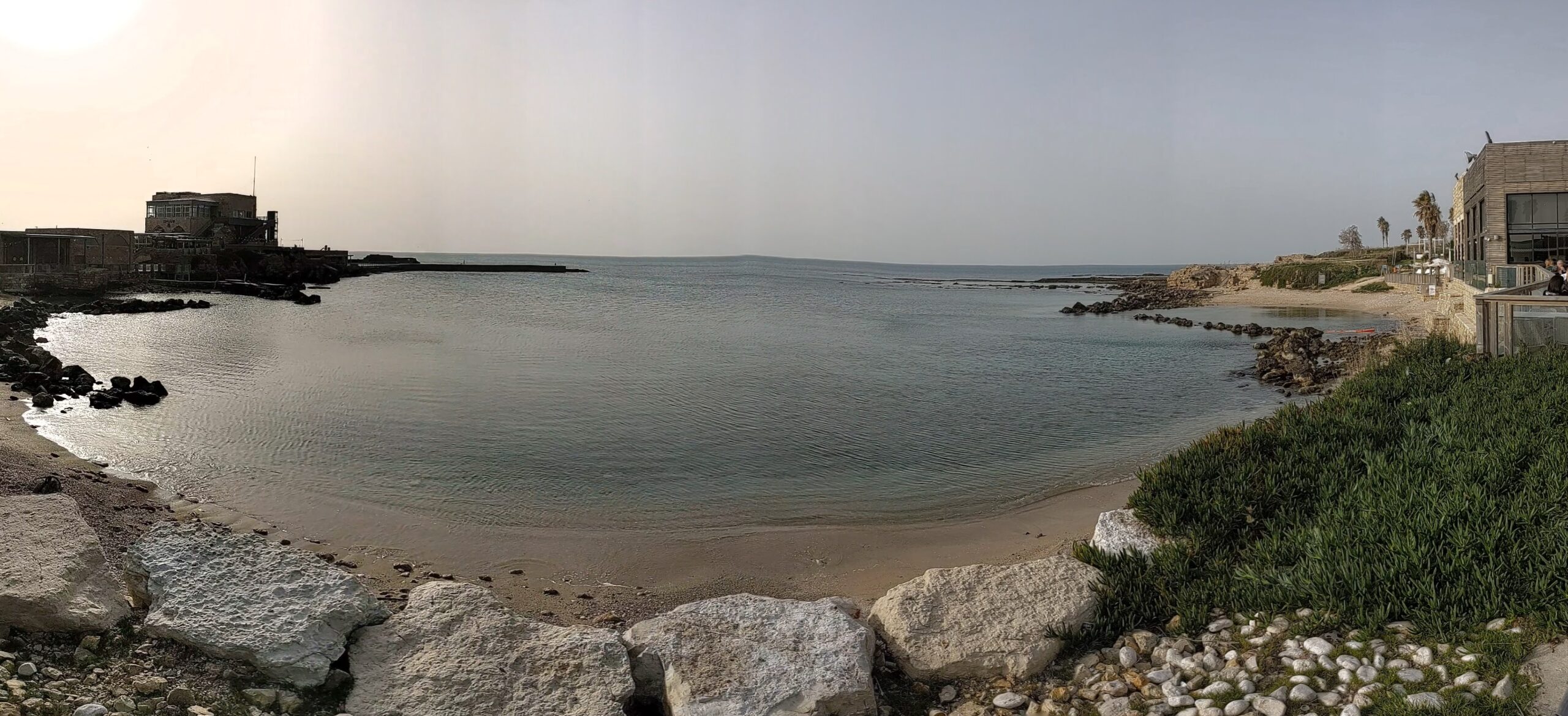
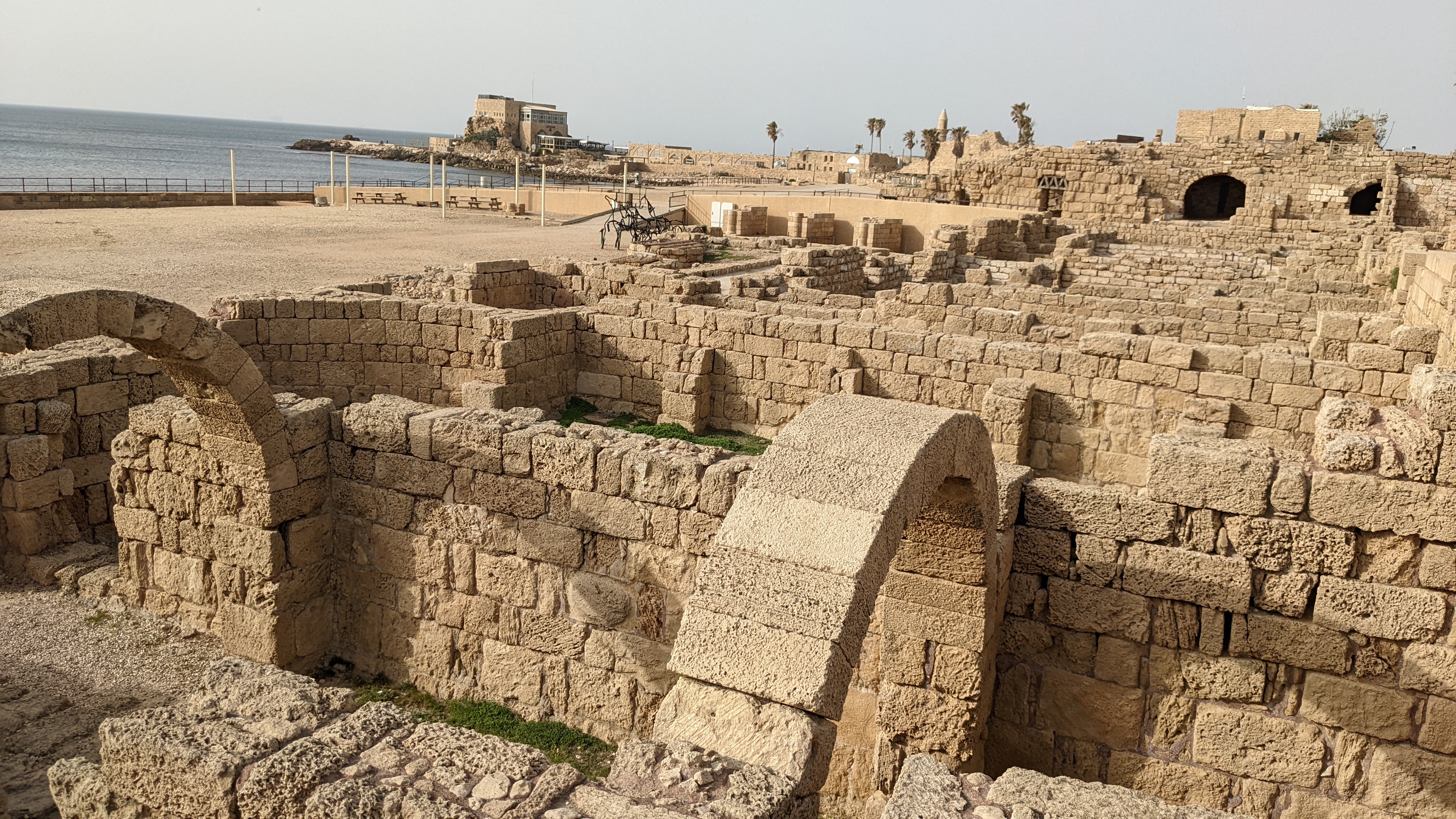
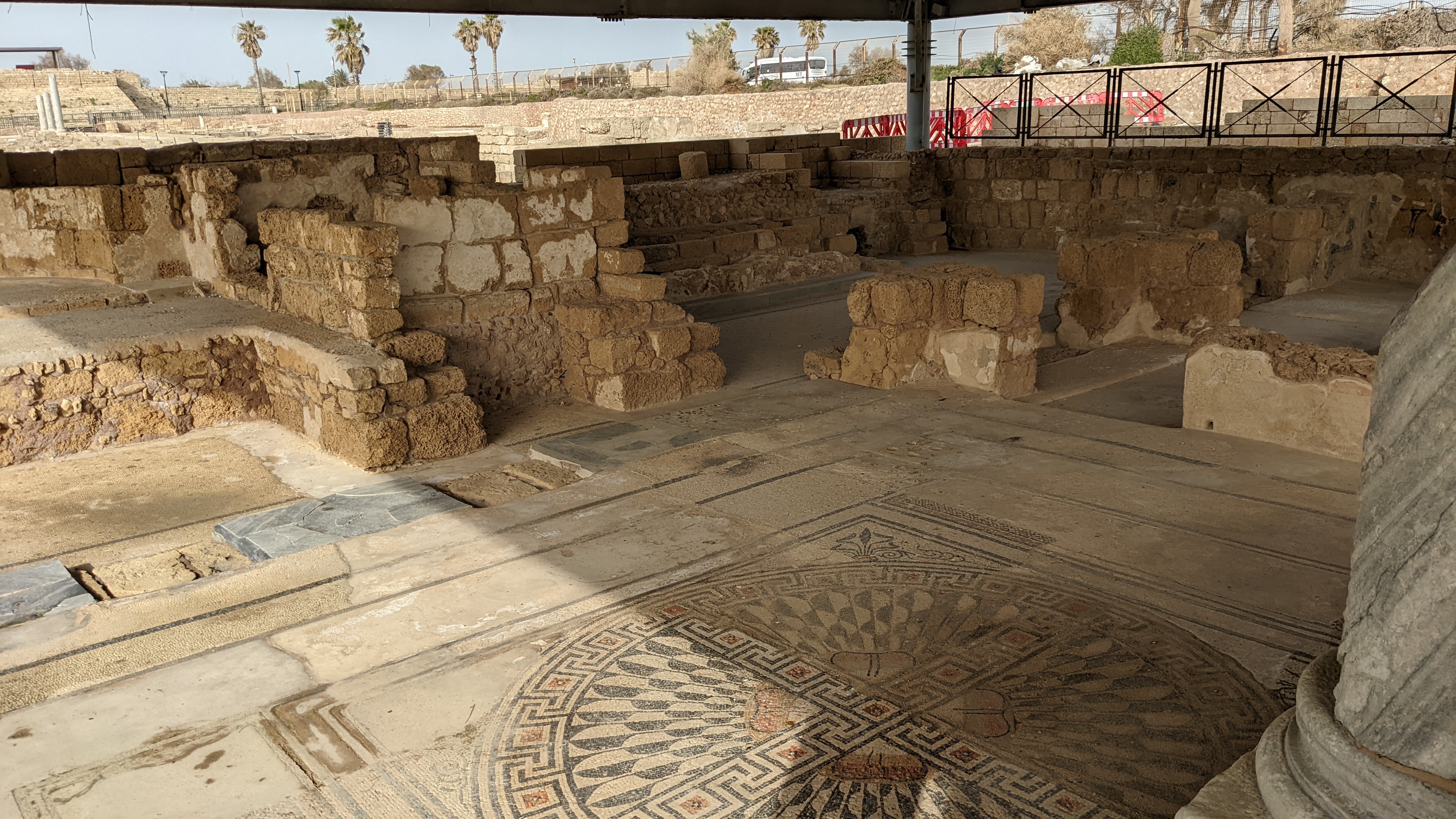
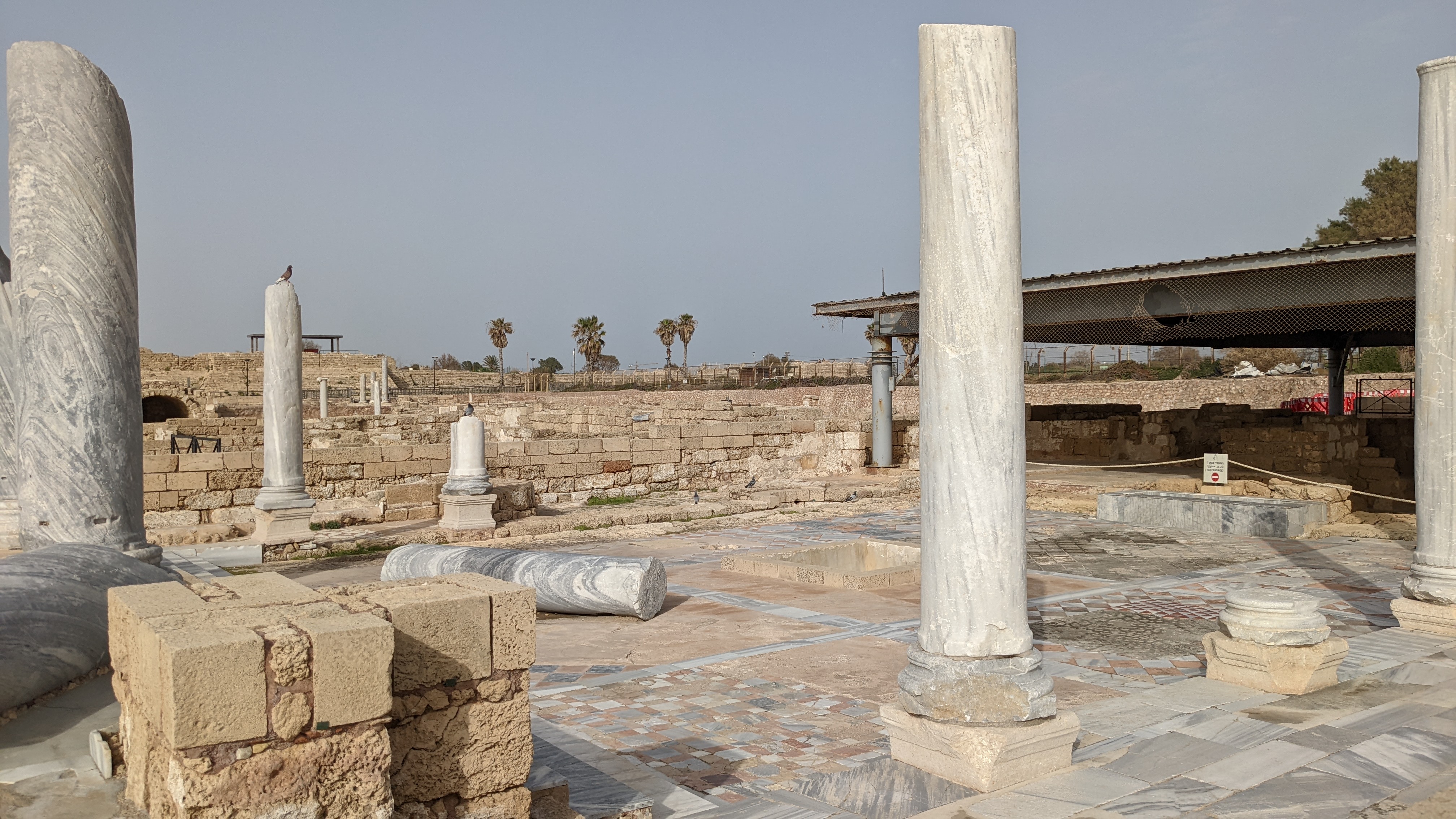
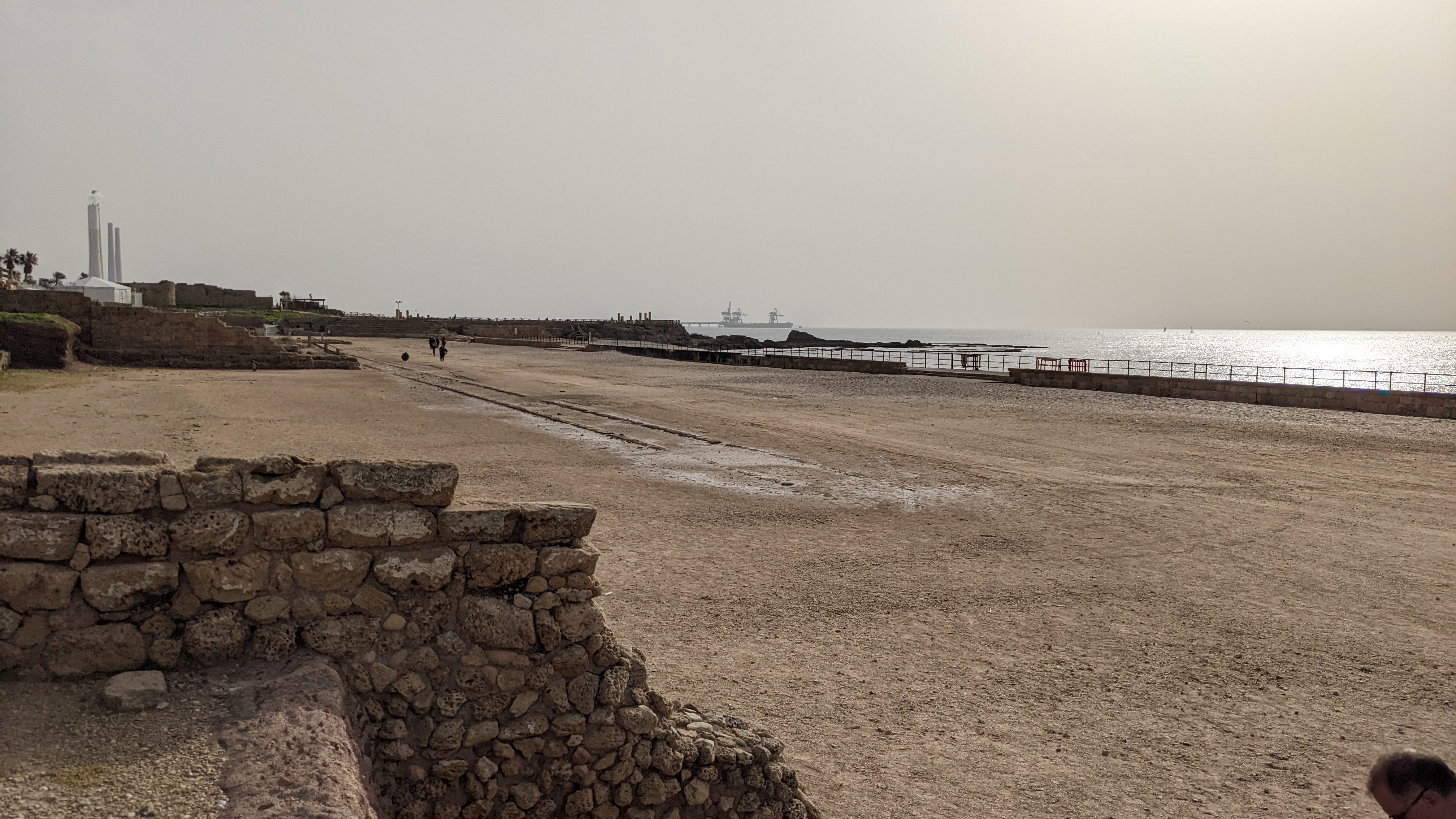
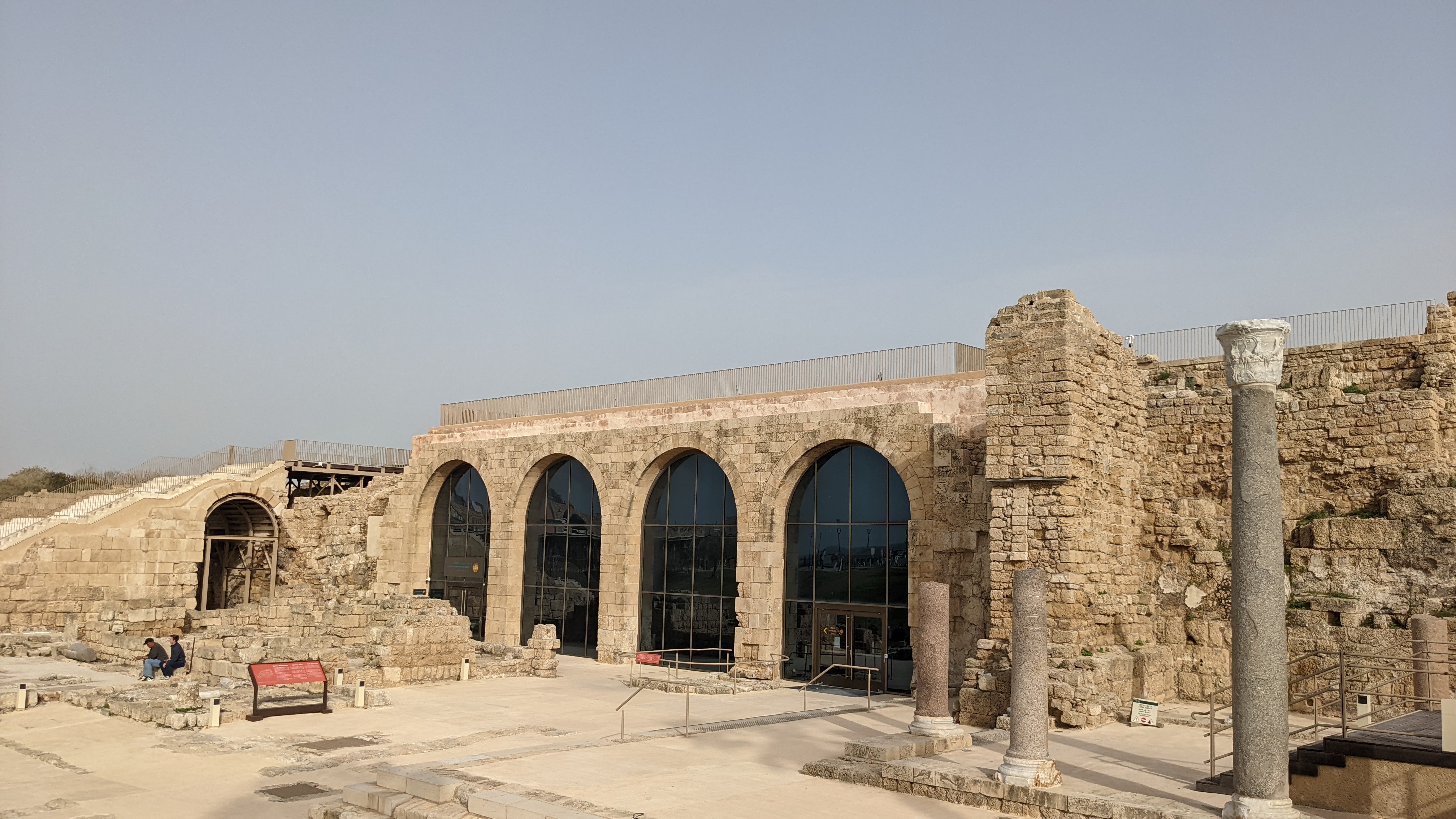
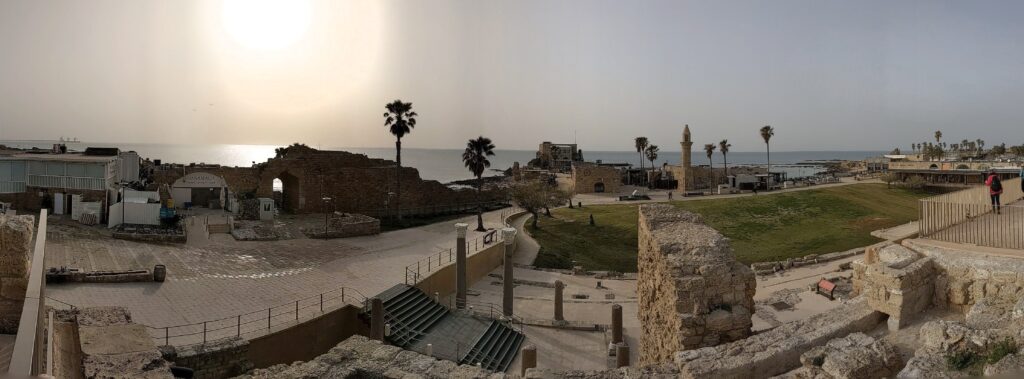
When Augustus would return to Judea to see what Herod had accomplished, the first thing he would see was the Port of Caesarea. Herod went all out building the city, sparing no expense to make it not only the most Roman city in Judea, but also the most advanced city in the world. He made use of a newly discovered building material, concrete, to build a substantial deep-water port where none had previously existed. He found a relatively inexpensive way to do this, taking massive boxes of volcanic ash out on the sea, and mixing in the sea water from there to form the solid concrete blocks which would naturally sink as it was mixed. Overlooking the Harbor, Herod had built a massive temple to Augustus. It was all about that first impression for Herod, his head was on the line.
Caesarea also featured the first all stone Greco-Roman theater in the world. Prior to this, theaters were either cut into a hillside, or built out of wood. Herod used massive blocks of stone to build a theater capable of seating 4000 people. It was impressive enough that the use of stone theaters quickly became the norm throughout the Roman Empire. These structures were used for all sorts of entertainment – plays, gladiator fights, musical performances, and even mini naval battles, as well as for public events such as speeches, announcements, and trials. According to Josephus and the Bible, Herod Agrippa (Herod the Great’s grandson) met his end at this theater.
On an appointed day Herod put on his royal robes, took his seat upon the throne, and delivered an oration to them. And the people were shouting, “The voice of a god, and not of a man!” Immediately an angel of the Lord struck him down, because he did not give God the glory, and he was eaten by worms and breathed his last.
Acts 12:21-23
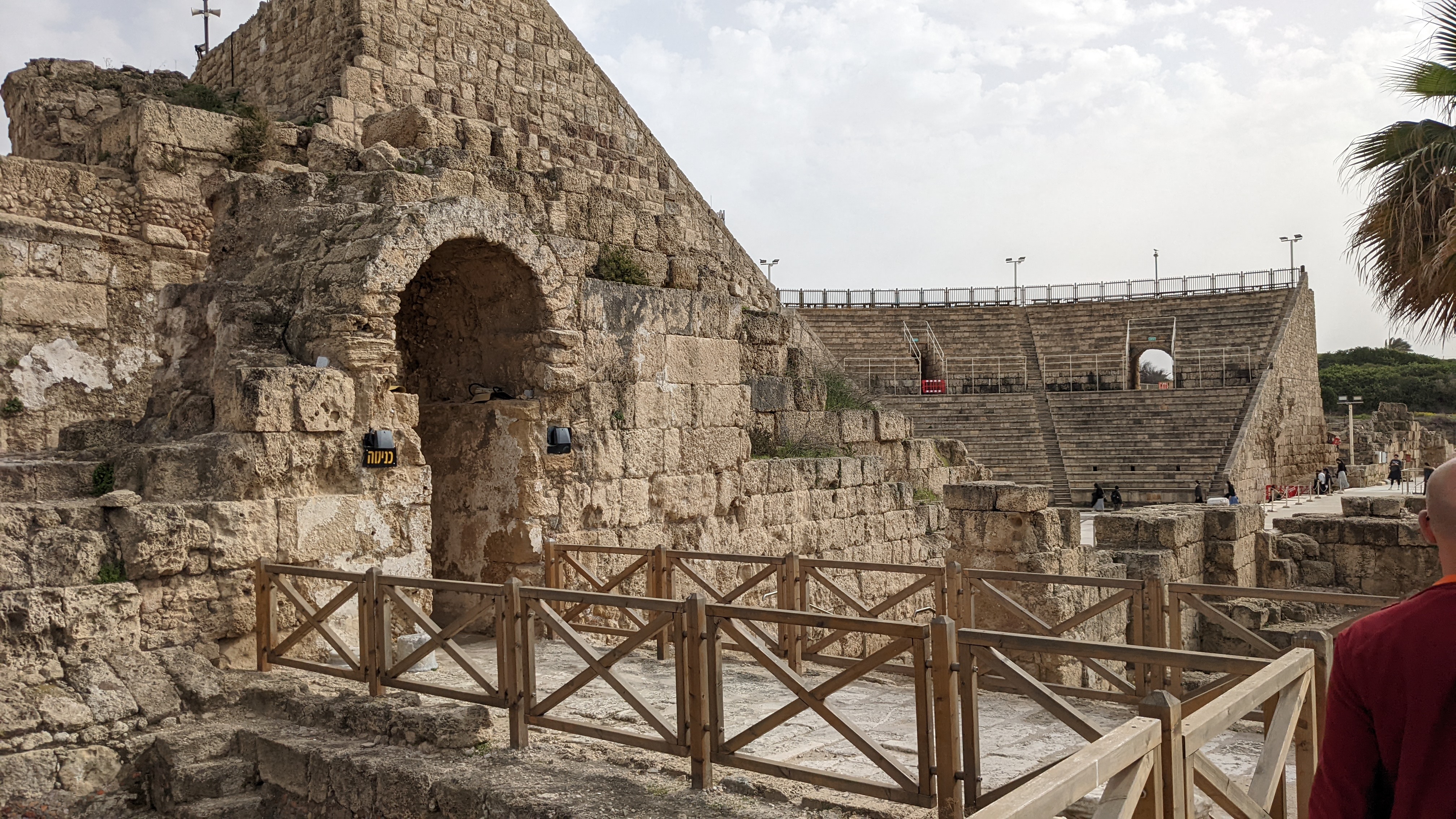
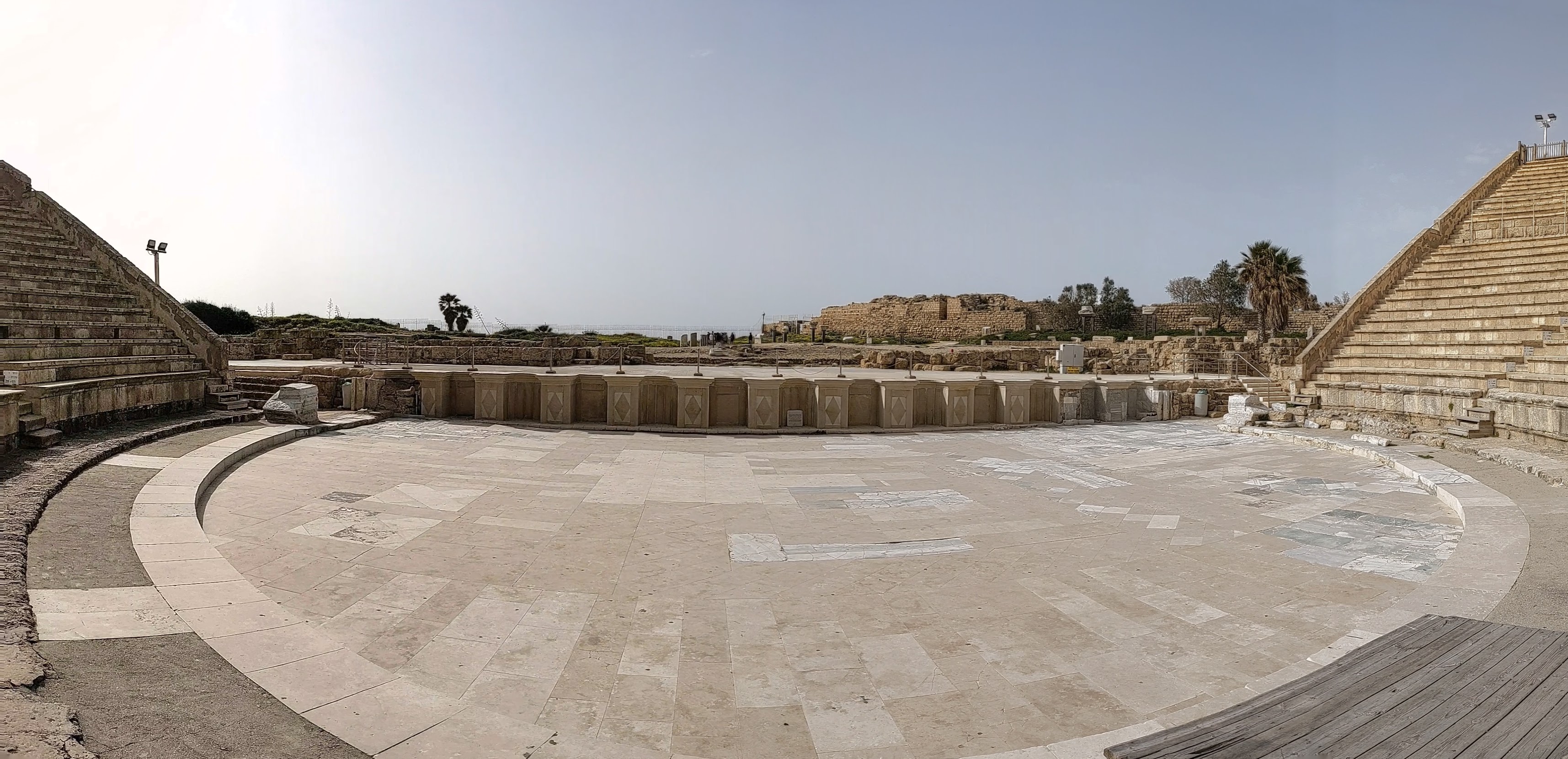
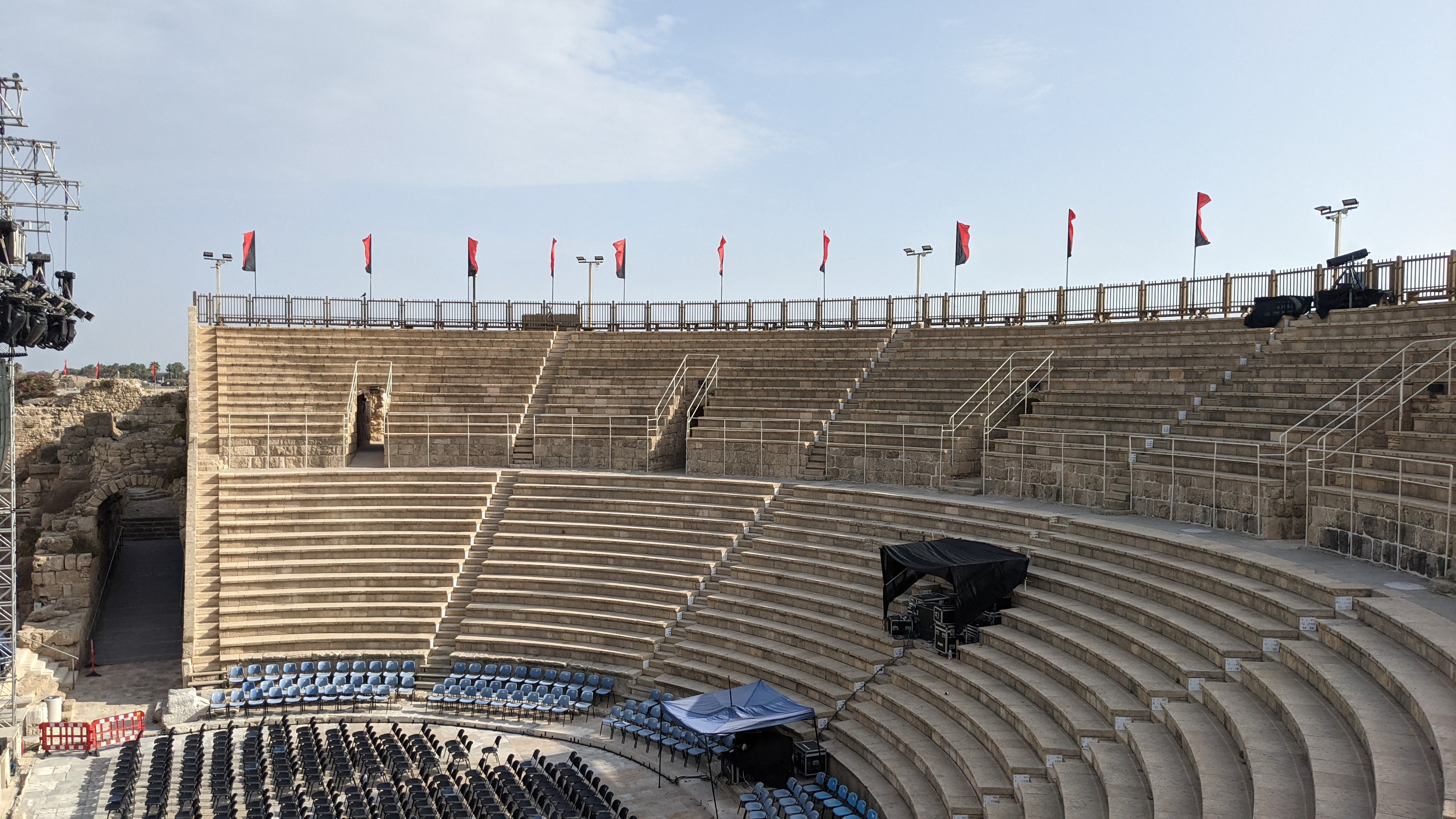
Herod had his main palace in Caesarea. His seaside palace jutted out into the Mediterranean and featured a freshwater swimming pool surrounded by the salt waters of the sea. This palace became the governor’s palace of Judea, and housed the likes of Pontius Pilate, Felix, and Festus, all major figures from the New Testament. The palace housed the Apostle Paul for two years while he was under house arrest.
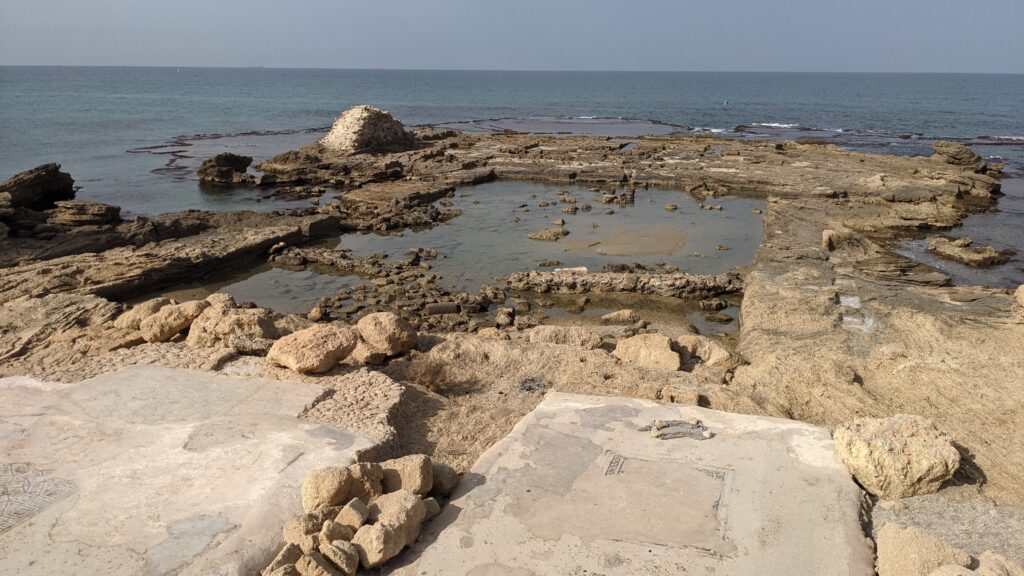
These ports were both thriving key cities in their day. However, today they are both in ruins. Dor shifted from an exporting powerhouse of one of the most expensive raw materials in the world to a bankruptcy ruin throwing money into the temples of pagan deities. Caesarea was built to be an icon to Rome and worshipped Roman culture. It fell with the Roman and Byzantine Empires. So here we have a warning of two port cities. One tried to adapt too much from its roots and lost its way, the other held on too tight to the old and couldn’t move on. I feel there is a lesson in there for us, to not rush headlong into every changing wind of culture, but to also not get so tied to tradition that we lose sight of our purpose.
